How to Use Setting “Props” to Intensify Your Story
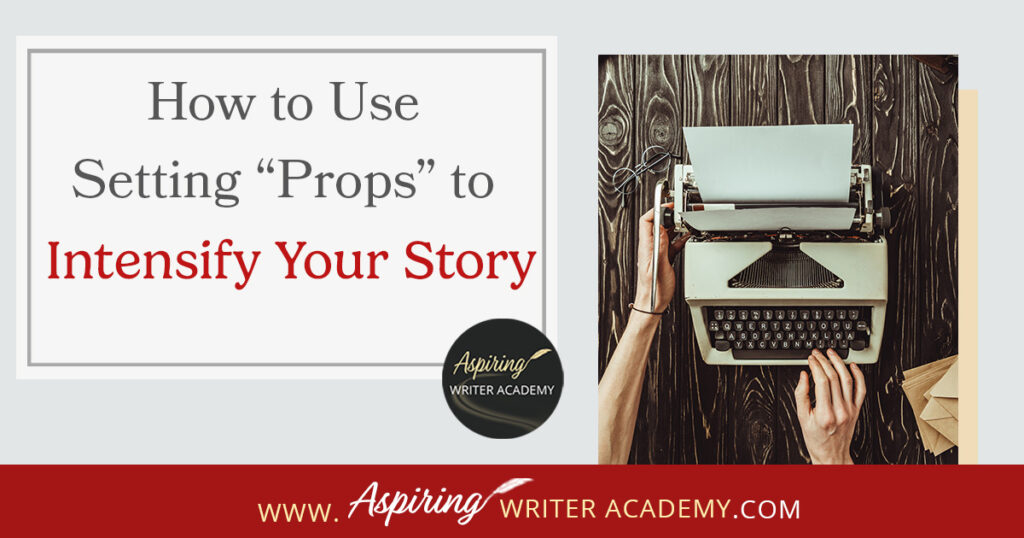
What exactly is a “prop” in a fictional story? How can you use props to spice up a particular scene or increase the conflict on the pages of your novel?
In our post, How to Use Setting “Props” to Intensify Your Story, we discuss 3 ways you can use items in the setting to write vivid description, reveal character, and elevate the conflict.
First, let’s be clear: What is a “prop?”
A prop is any item in the setting of your fictional novel. Imagine that your story is a play that will be performed on stage before a live audience. What items will be seen on stage?
Before you write a scene, make a list of every object, item, or thing that your character can see or interact with as part of the “stage set-up.” What props will he or she need to accomplish their scene goal? Which items may trip them up or cause more conflict with another character? Which items can spark a memory or will be important later on in the story?
Now, follow along as we talk about how to use these props to boost your novel’s intensity.
1) Props Help the Reader Visualize the Scene.
Props help establish the setting and immerse the reader into the scene. The more vivid the setting, the more intensely the reader can relate to the characters living in their story world.
Readers of historical fiction love descriptions of the old-fashioned period clothing the characters wear and want to learn how daily life was different than it is today. Where does this character live? What furniture and decorations adorn the home? What is their mode of transportation?
The reader wants to be able to see, hear, smell, taste, and feel the elements of the story setting. Using the 5 senses in fiction brings the scene alive and makes it active.
Ask yourself—which details in the setting of your fictional novel, which items or “props,” can most vividly portray the character’s story world?
Even more importantly, which items or “props” will be important to the plot later in the story?
If you are writing a science fiction or fantasy story set on another planet or in a different dimension, which items can bring the scene to life for your reader? What is most important? Which items do your character’s focus on and why?
2) Props Serve to Reveal Character.
In fiction, as in life, we do judge people by their appearance. Who is this character? What are his or her likes and dislikes? Or their passions or fears? What does your character wear? Why do they choose the accessories that they do?
What do a character’s possessions say about him? How does your character decorate their bedroom or house? Why does the character choose to drive a beat-up Ford pickup truck when he can afford a Tesla or a Lamborghini or even a new Jeep?
Why does your character make these choices? What do the props in the setting say about your character’s unique preferences and individual personality?
Does your character wear heavy cosmetic foundation to hide a purple birthmark on her face? Is she self-conscious of her appearance, always looking in mirrors?
Or does your character flash cash whenever he is in public to make people think he is rich when he is poor? Does he hope this will gain him access into wealthier circles where he can learn how to make more money?
Do one of your characters always say sorry by offering a plate of chocolate chip cookies? Is this the etiquette this character was brought up with and taught as a child?
Does a certain object remind the character of an event that happened in his or her past? Bring up painful memories? Remind them of their own strengths or weaknesses? Or serve to motivate the character to press on when the opposition presses in?
If the reader gains insight into the character’s mind and learns how this character thinks and feels, and why he does these things, it can really spice up a scene and add tension and conflict to this character’s interactions with others when these “props” are used.
3) Props Can Help Intensify the Situation at Hand.
Always ask, which items in the room or on site in the scene can add more drama to the conflict at hand? What do the characters interact with as they are speaking? How can these items add intensity to the situation or make things worse?
A guy may be flirting with a girl who suddenly sees a picture frame on his desk and it’s a photo of him kissing another girl. He tries to block the picture with his hand or by moving to stand in front of it, but she demands to know—who is this other girl? You can bet the reader will want to know too!
Or it’s a picture of his child and she finds out he’s a single dad looking for someone to be his son’s new mom…and she isn’t comfortable around children.
Or imagine how it would rev up the tension if the girl found a pair of women’s underwear hanging on the towel rack in the bathroom of his apartment. He might give her an explanation, but will she believe him?
Is your character stung by a bee, as in Season 2 of “Bridgerton?” (Released on Netflix in 2022.) The bee is a prop. What purpose does this bee serve? Does it help reveal your character’s personality? Does it help reveal your character’s deepest insecurities or fears?
In the 1991 thriller movie, “Sleeping with the Enemy,” the main character, played by Julia Roberts, knew her controlling ex-husband had found her when she opens the kitchen cabinets and sees each can of soup meticulously lined up in perfect order with each label facing forward. It is a startling moment, for the viewer already knew she purposely keeps her cabinets messy in an effort to erase him from her mind and put herself at ease. The cans of soup in the cabinet play an important role in the story again and again.
Perhaps your character, who has a deep fear of snakes, must cross a snake-infested field to chase the villain, or to escape the villain, or to achieve his or her goal. (This example was used in the 2017 movie, “Jumanji: Welcome to the Jungle.”)
For one moment, your character may hesitate, weighing the pros and cons before their next move. Does their fear cause them to fail (or have a setback) or does the character push on in spite of their fear and succeed? If the reader is already aware of the character’s fear of snakes from previous chapters in the story, then this character’s moment of indecision will shoot the tension straight off the charts! The reader will breathlessly read on to find out what happens next!
We hope you have enjoyed How to Use Setting “Props” to Intensify Your Story and that you have gained some valuable tips to write scenes that leap off the page, reveal your character’s personality, and raise the stakes in your fictional novel.
If you have any questions or would like to leave a comment below, we would love to hear from you!
We Believe All Authors Can Aspire to Take Their Writing to the Next Level!
Our Goal for Aspiring Writer Academy is to help people learn how to write quality fiction, teach them to publish and promote their work, and to give them the necessary tools to pursue a writing career.
If you like more help developing your story, you may wish to download our Free Brainstorming Your Story Idea Worksheet
Do you find it difficult to create compelling antagonists and villains for your stories? Do your villains feel cartoonish and unbelievable? Do they lack motivation or a specific game plan? Discover the secrets to crafting villains that will stick with your readers long after they finish your story, with our How to Create Antagonists & Villains Workbook.
This 32-page instructional workbook is packed with valuable fill-in-the-blank templates and practical advice to help you create memorable and effective antagonists and villains. Whether you're a seasoned writer or just starting out, this workbook will take your writing to the next level.

ENTER YOUR EMAIL BELOW
TO GET YOUR FREE
"Brainstorming Your Story Idea Worksheet"
7 easy fill-in-the-blank pages,
+ 2 bonus pages filled with additional story examples.
A valuable tool to develop story plots again and again.
Other Blog Posts You May Like
10 Tips for Using Flashbacks in Your Fictional Novel
How to Create a Deadline for Your Fictional Novel
Fiction Writing: What is a Character’s ‘Ordinary World?’
How to Create S.M.A.R.T. Goals to Keep Your Writing on Track
How to Use Setting to Intensify Your Fictional Scenes
The Pros and Cons of Writing Holiday Fiction (Collections & Anthologies)
How to Research Information for a Historical Novel
Fiction Writing: Create a Storyboard to Map Out Your Scenes
Fiction Writing: How Specific Details Can Bring Your Setting to Life

is a multi-published author, speaker, and writing coach. She writes sweet contemporary, inspirational, and historical romance and loves teaching aspiring writers how to write quality fiction. Read her inspiring story of how she published her first book and launched a successful writing career.

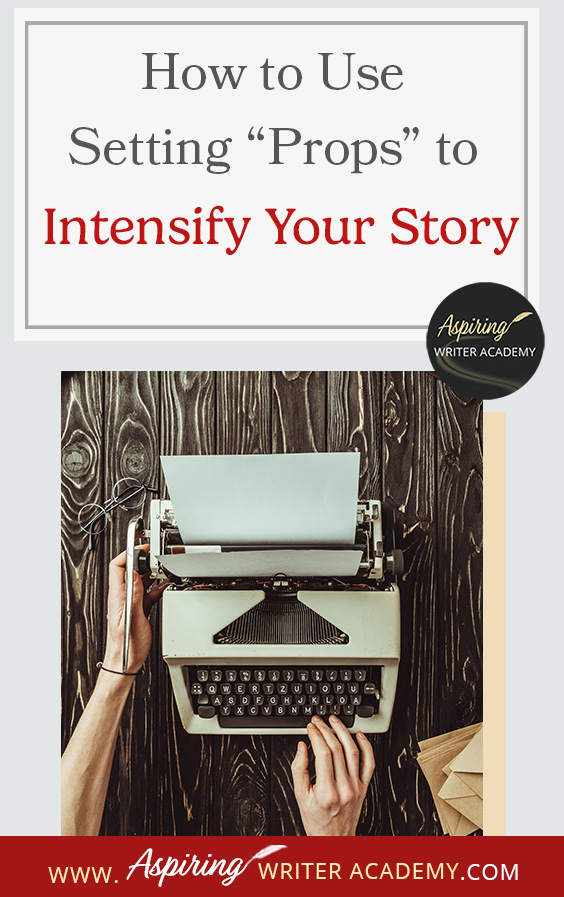
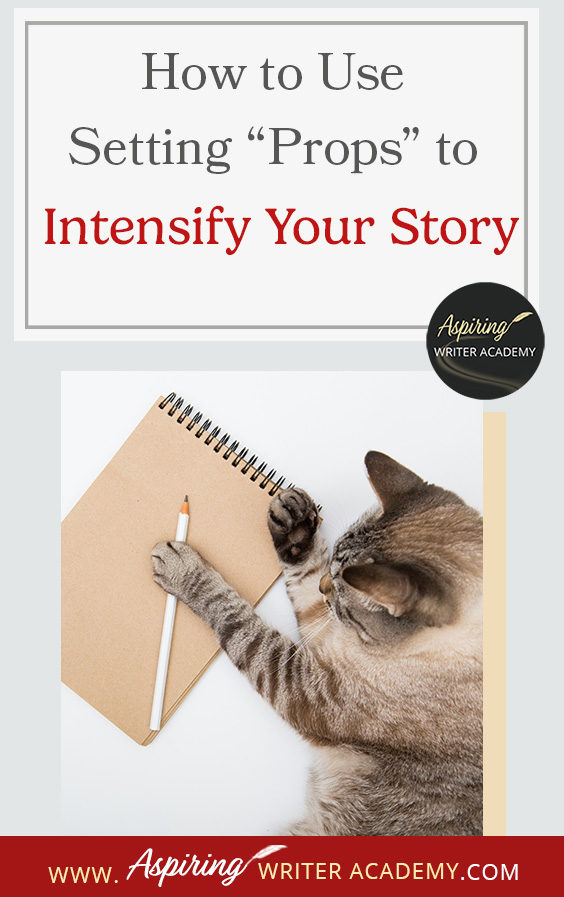
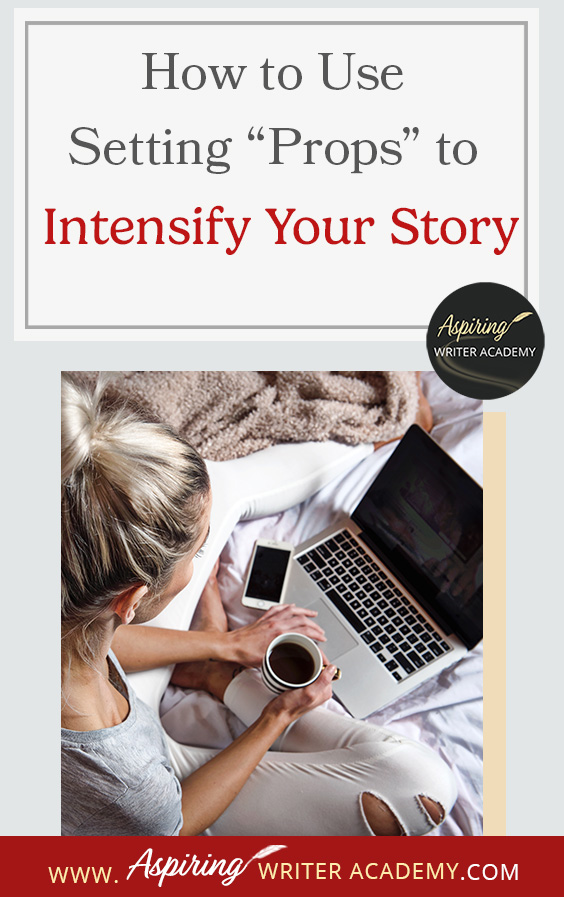
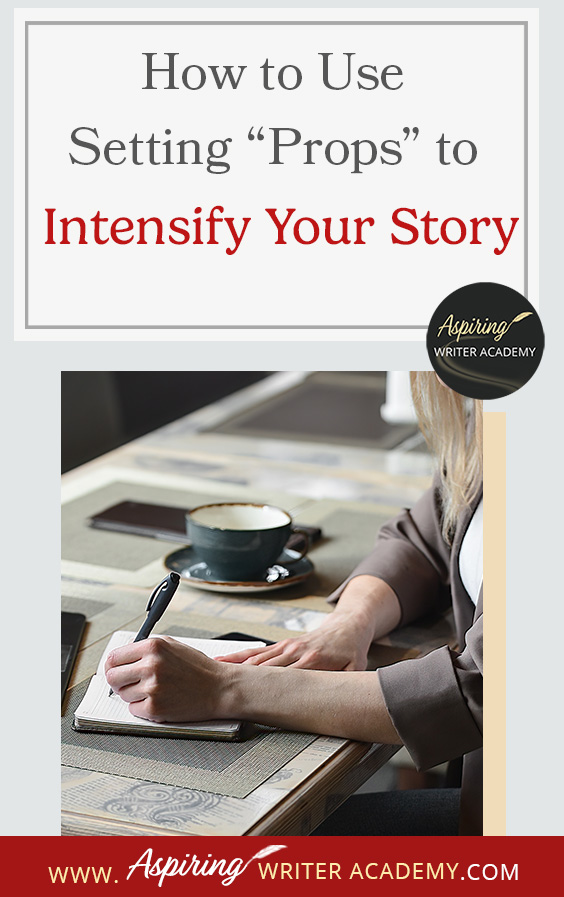
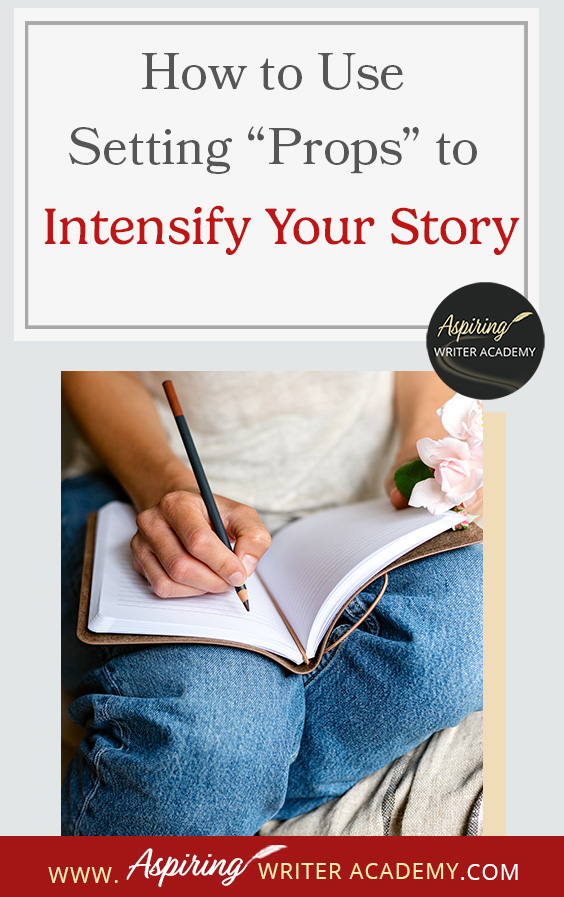
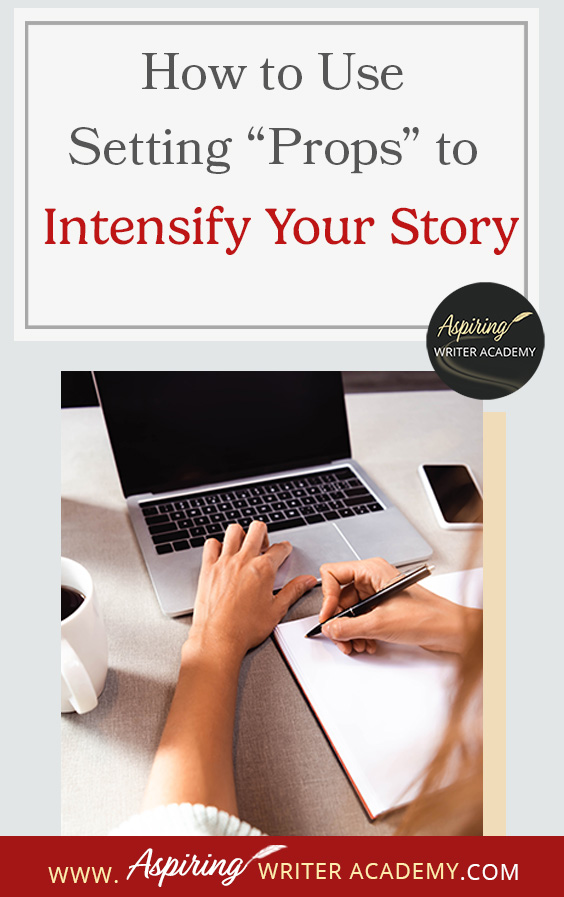
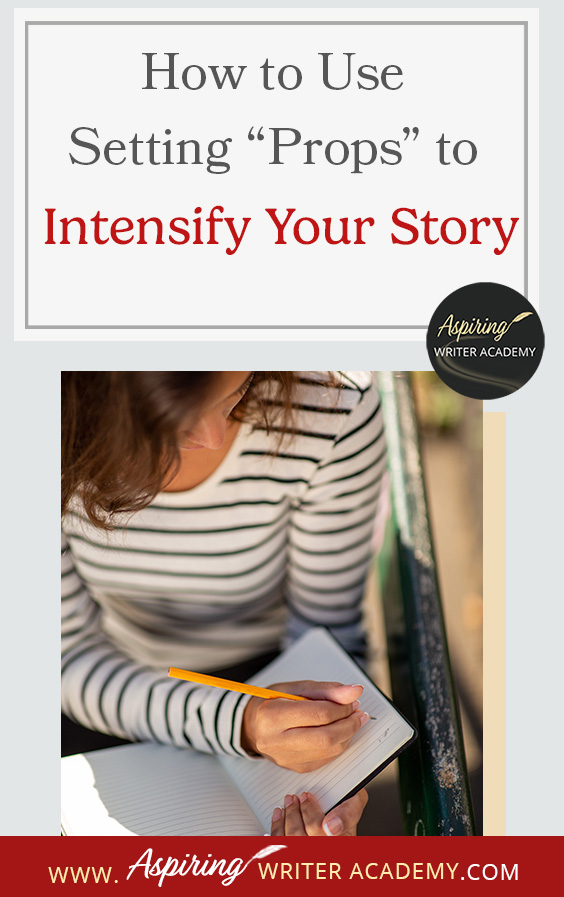
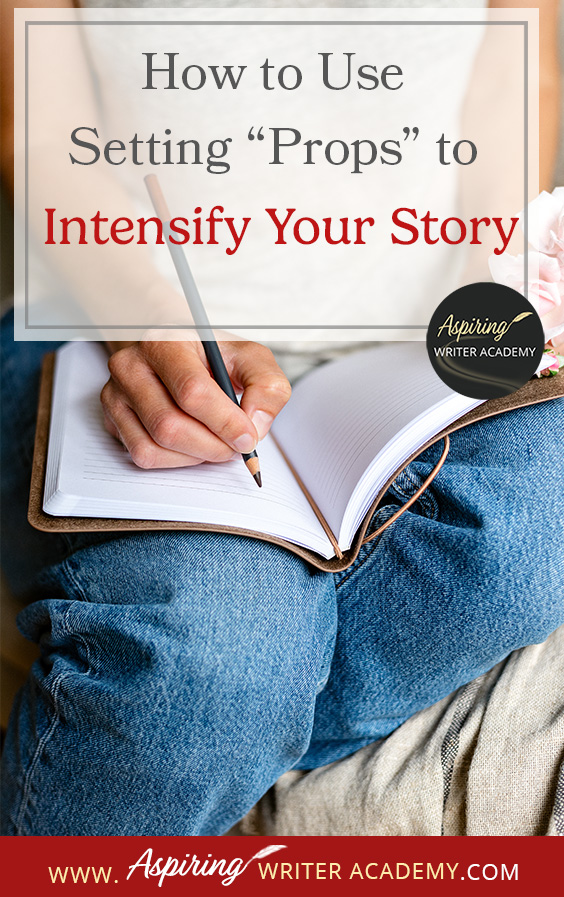
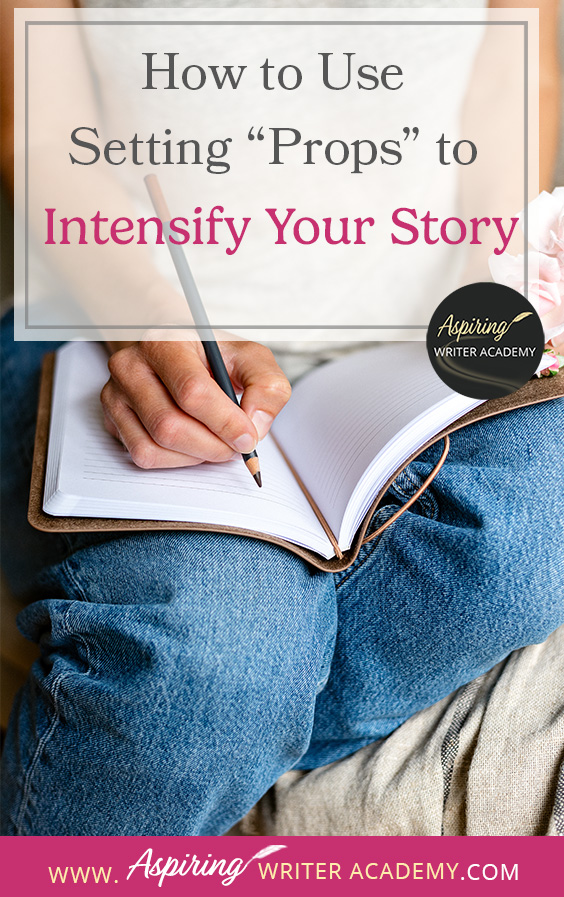
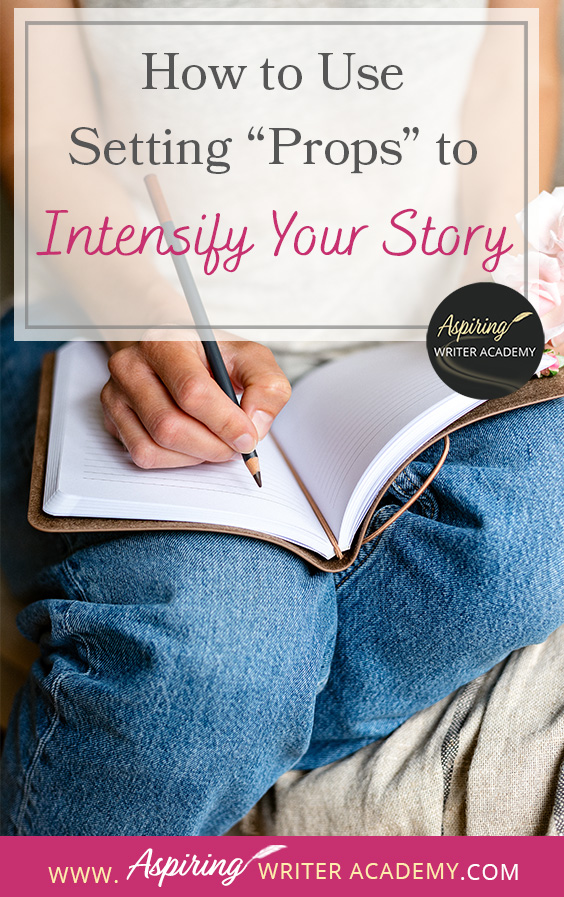

![Jumanji: Welcome to the Jungle [DVD]](https://m.media-amazon.com/images/I/51KcVA+3AuL._SL500_.jpg)











